Apple iPad (10th Generation): with A14 Bionic chip – Pros and Cons Review
The Apple iPad (10th Generation, 2022) is a versatile tablet that blends modern design, solid performance, and iPadOS functionality, making it an excellent choice for most users. Powered by the A14 Bionic chip, it offers a balance of power and affordability. Below is a 500-word review highlighting its strengths and a few drawbacks.
PROS
Modern Design and Vibrant Display: The 10th-gen iPad sports a sleek, redesigned look, resembling the iPad Air and Pro with flat edges and no home button. Available in four bold colors—silver, blue, pink, and yellow—it’s visually striking. The 10.9-inch Liquid Retina display (2360×1640, 264ppi) delivers crisp visuals, vibrant colors, and True Tone technology, which adjusts the screen to ambient lighting for comfortable viewing. While not as advanced as the iPad Pro’s ProMotion or OLED, it’s excellent for streaming, gaming, and productivity tasks like note-taking or photo editing.
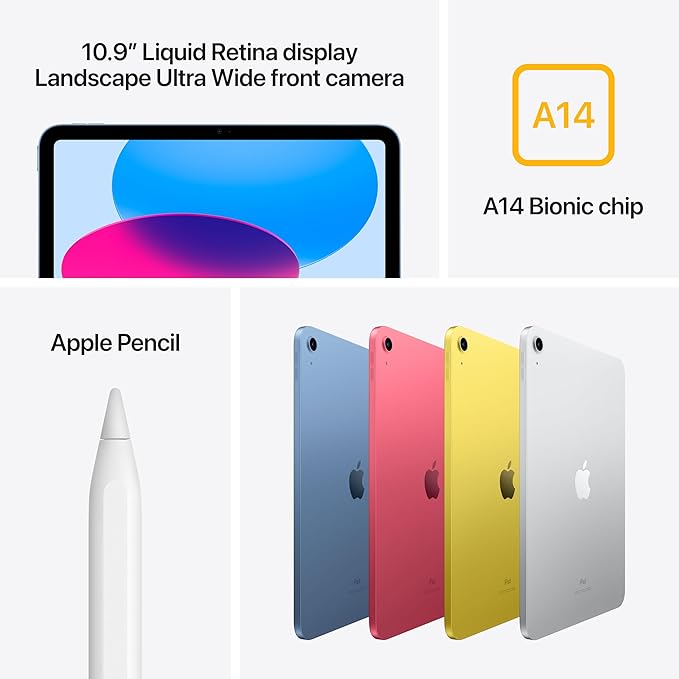
Solid Performance with A14 Bionic Chip: The A14 Bionic chip, with a 6-core CPU, 4-core GPU, and 16-core Neural Engine, provides robust performance for an entry-level tablet. It handles everyday tasks like web browsing, video streaming, and multitasking with ease. Benchmark tests show a single-core score of 1,573 and multi-core score of 4,097 on Geekbench 5, a noticeable improvement over the 9th-gen iPad’s A13 chip. While not as powerful as the M1 or M2 chips in higher-end models, it’s more than capable for casual gaming (e.g., Genshin Impact) and light creative work, making it a future-proof option for most users.
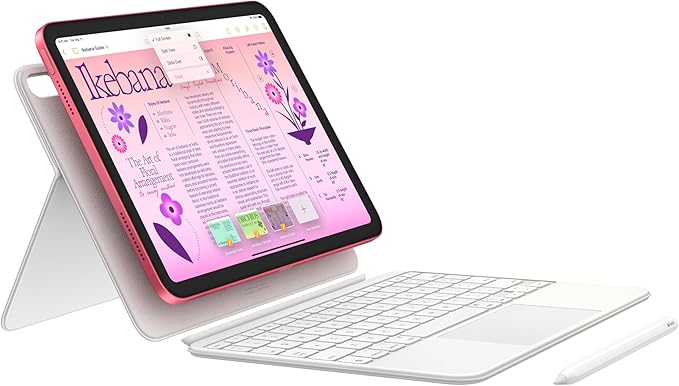
iPadOS and Accessory Versatility: iPadOS 16 (upgradable to later versions) enhances productivity with features like Scribble for Apple Pencil, multitasking with split-screen apps, and access to over a million App Store apps, including Safari, Messages, and Keynote. The iPad supports the 1st-gen Apple Pencil and Magic Keyboard Folio (sold separately), transforming it into a note-taking or productivity powerhouse. The Magic Keyboard Folio’s detachable design and trackpad offer a laptop-like experience, ideal for students or professionals on the go.
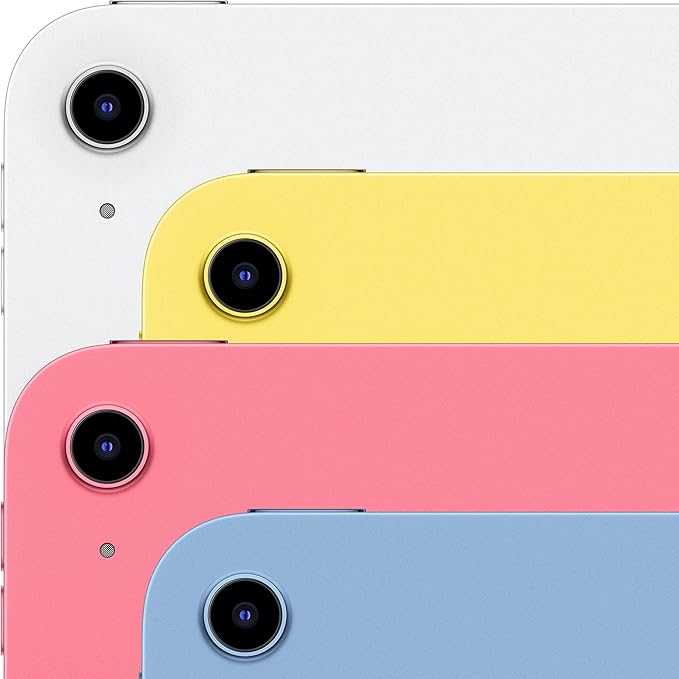
Fast Connectivity and Battery Life: With Wi-Fi 6 and optional 5G, the iPad ensures quick downloads, uploads, and streaming. The 12MP front and rear cameras, with Center Stage for video calls, enhance remote communication. Its 28.6-watt-hour battery lasts up to 10 hours for web browsing or video playback, perfect for all-day use. The shift to USB-C charging aligns with modern standards, improving compatibility.
CONS
Limited Base Storage: The 64GB base storage is insufficient for users who store large apps, games, or media. High-performance games can take up 1GB or more, and the lack of expandable storage makes the 256GB option (at a higher cost) almost necessary for above-average users.
Apple Pencil 1st-Gen Awkwardness: The 10th-gen iPad supports only the 1st-gen Apple Pencil, which uses a Lightning connector for charging, requiring an adapter for USB-C. This feels outdated and cumbersome compared to the 2nd-gen Pencil supported by higher-end models.
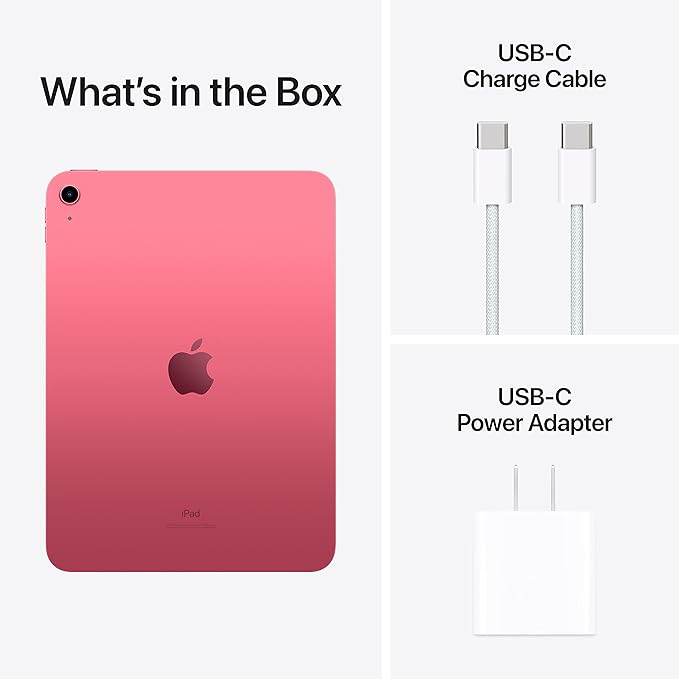
Higher Price Point: The 10th-gen iPad is $120 more expensive than its predecessor. This price hike, combined with the cost of accessories like the Magic Keyboard Folio, makes it less budget-friendly for some.
CONCLUSION
The iPad (10th Generation) is a compelling tablet with a modern design, strong performance, and versatile iPadOS features, ideal for students, casual users, and light professionals. However, its limited base storage, dated Apple Pencil support, and higher price may deter some buyers. For most, it remains a top-tier tablet at its price point. BUY YOURS WITH DISCOUNT!
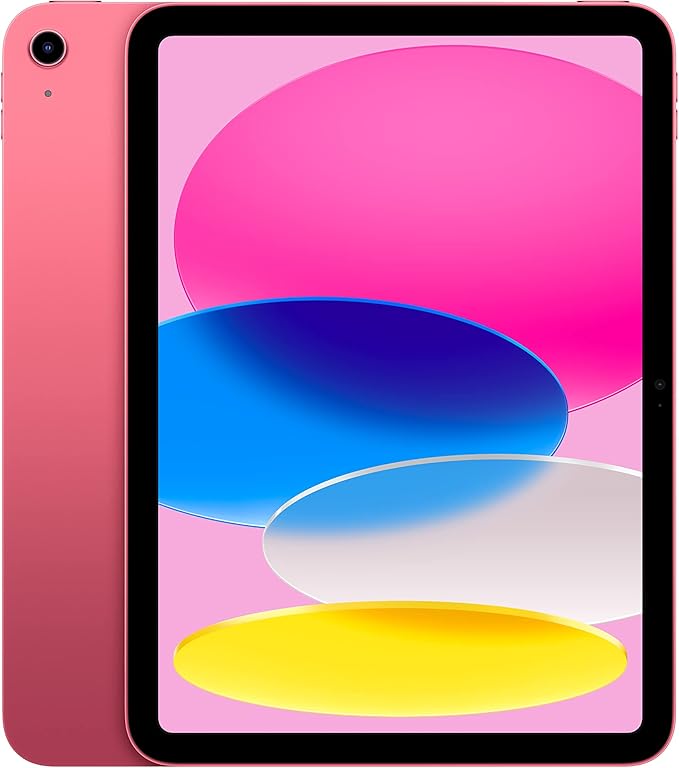

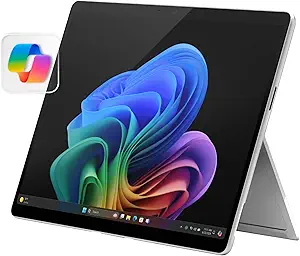
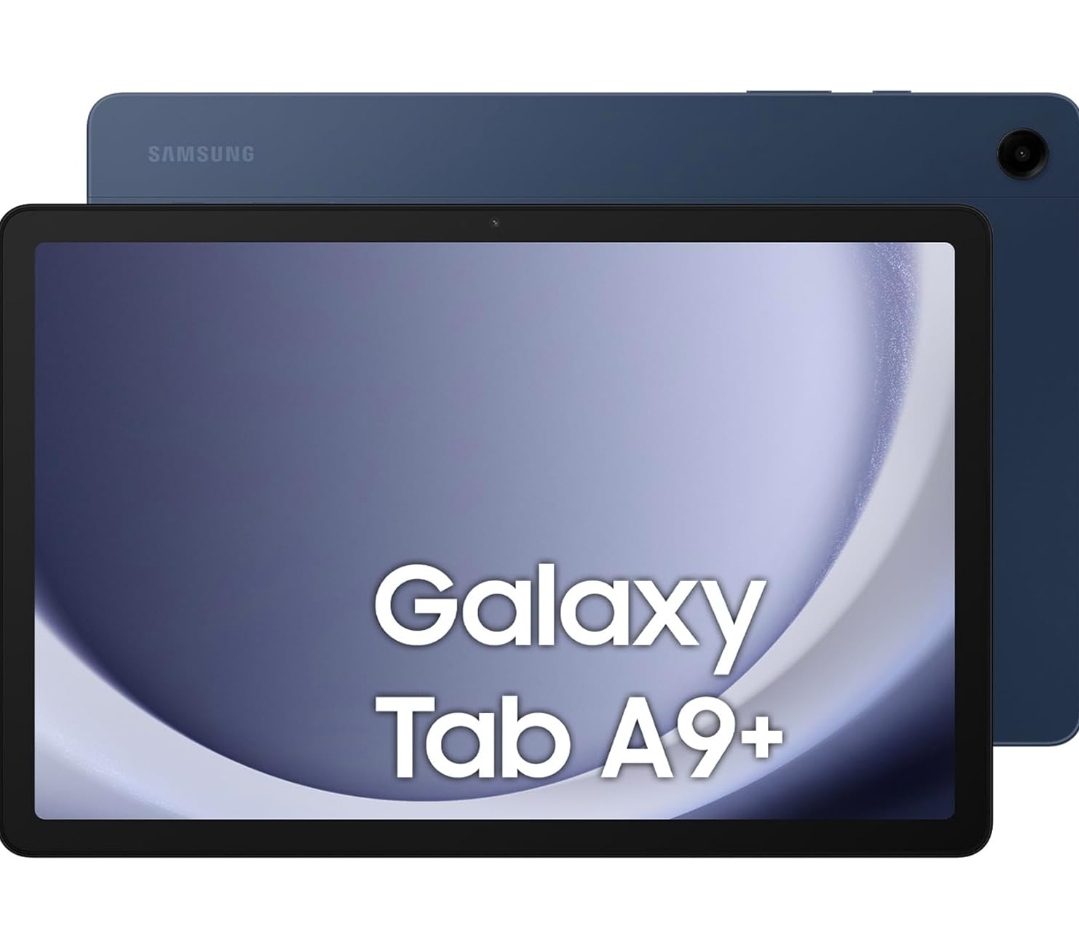
Post Comment